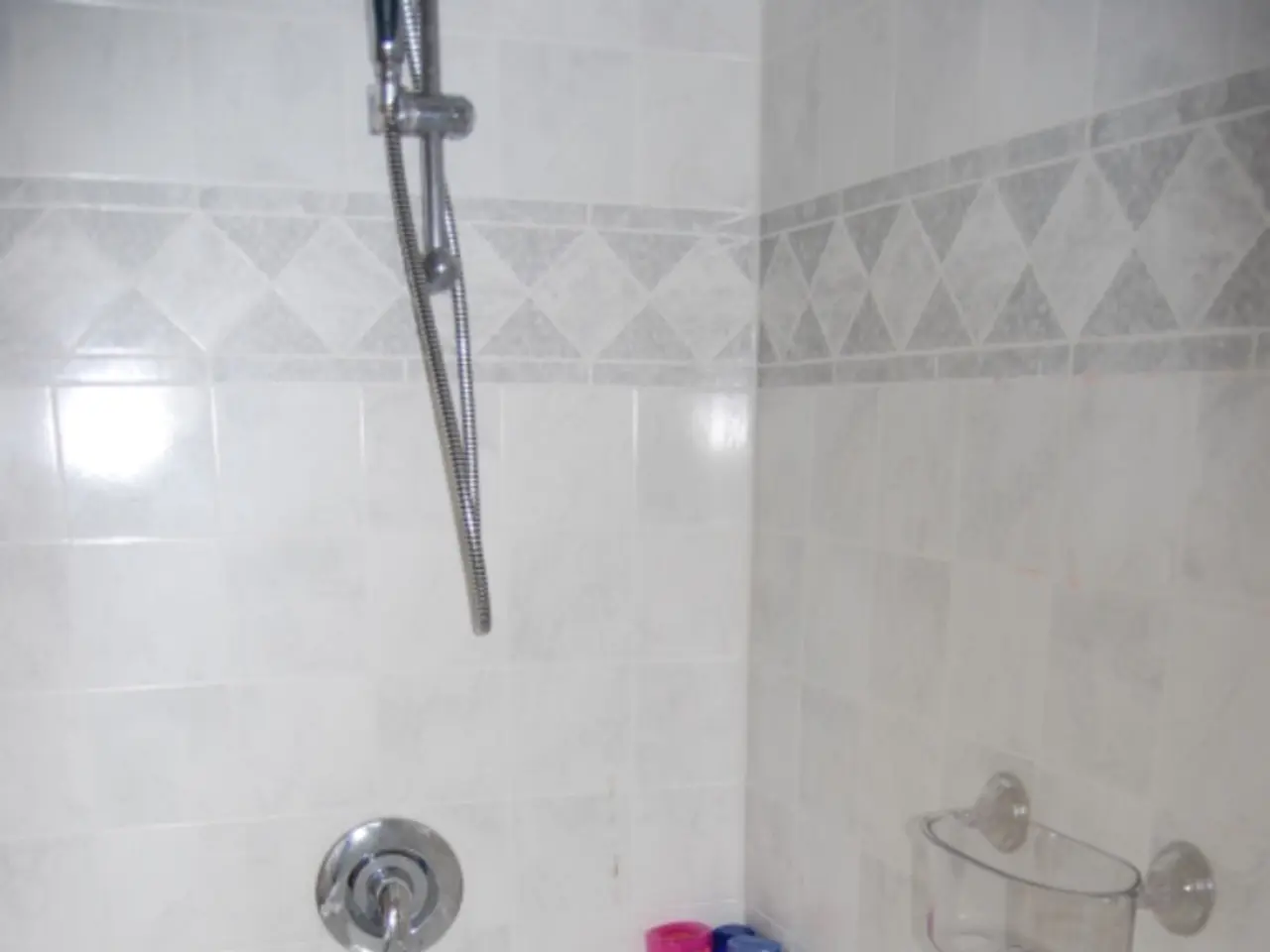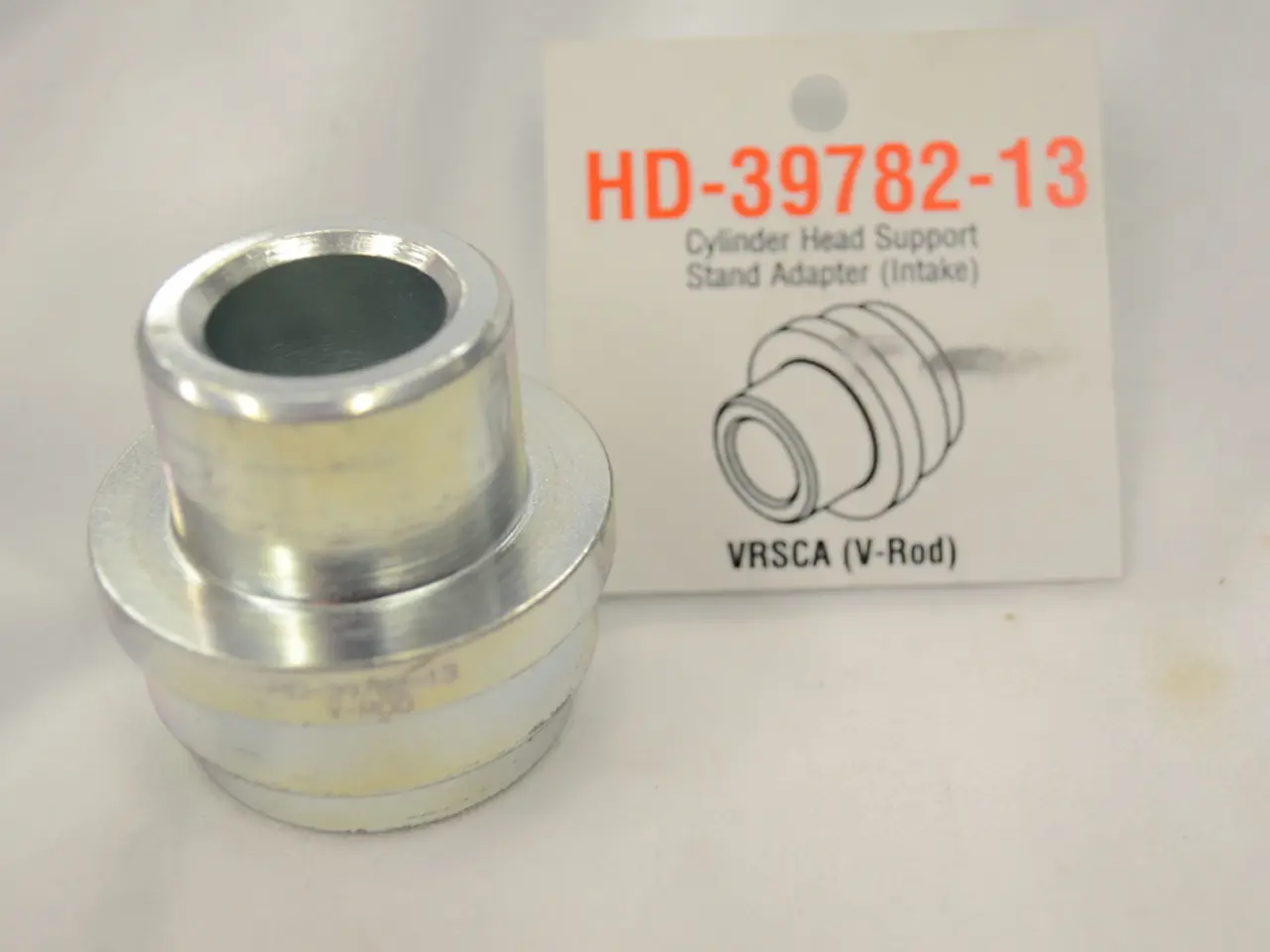Ideal Baby Bath Temperature: Guidelines, Recommendations, and Safety Measures
Safety Tips for a Comfortable and Stress-Free Baby Bath Time
Bath time can be a precious moment for both baby and caregiver, but it's essential to ensure the environment is safe and comfortable for the little one. Here are some guidelines to follow for a worry-free bathing experience.
Firstly, caregivers should always place the baby away from the faucet when using a full-size bathtub. Running water can pose a risk of accidental scalding, so it's best to fill the tub before introducing the baby.
Before bathing the baby, caregivers should check the temperature of the bathwater. This can be done by either placing their elbow into the water or using a bath thermometer. The safe temperature for a baby's bath is 98.6-100.4°F (37-38°C) or about 98.6°F (36°C) for a newborn.
To ensure the water is evenly heated, caregivers should mix the water well to eliminate any hot spots. When topping up the water, it's recommended to run the cold and hot water together to maintain a consistent temperature.
Wait to give the baby their first bath until at least 24 hours after birth, and use sponge baths while the umbilical cord is still attached. During the bath, keep the baby covered with a warm washcloth to prevent heat loss, swapping it frequently as it cools.
Use only a few inches of warm water (about 100°F or warm to the inside of your wrist/elbow) to cover the bottom of the baby's body. Always support the baby securely with at least one hand during bathing and never leave them unattended—even for a moment.
Prepare everything you need before the bath (soap, towel, clean diaper, clothes) so you can keep your hands on the baby the entire time. Empty the tub immediately after bathing to prevent accidental drowning, and use a non-slip mat under the tub to keep it stable.
To further ensure safety, use a faucet spout cover to protect the baby’s head from bumps. Keep bathroom doors and toilet lids closed after bath time and set the hot water heater temperature to 120°F (50°C) or lower to avoid scalding injuries if the baby or toddler accidentally turns on the tap.
Bathtime can also be a great opportunity to bond with a baby. Caregivers can make it as enjoyable and safe as possible by keeping calm, going slowly, talking or singing to their baby to help them feel relaxed and secure during bath time.
As a safety precaution, caregivers are advised to learn infant CPR in case of emergencies. Lowering the temperature in hot water systems to around 122°F (50°C) can minimize the risk of burns. To cool down the faucet, caregivers should run the cold water for a few moments after turning off the hot water.
By following these guidelines, baby bath time can be a safe, comfortable, and as stress-free as possible for both baby and caregiver.
- A caregiver, understanding the importance of health-and-wellness during infant stages, might consider learning infant CPR to be prepared for emergencies during bath time.
- To make the newborn's bath time not only safe and comfortable but also educational, caregivers could introduce science concepts, such as temperature measurement, by using a bath thermometer.




